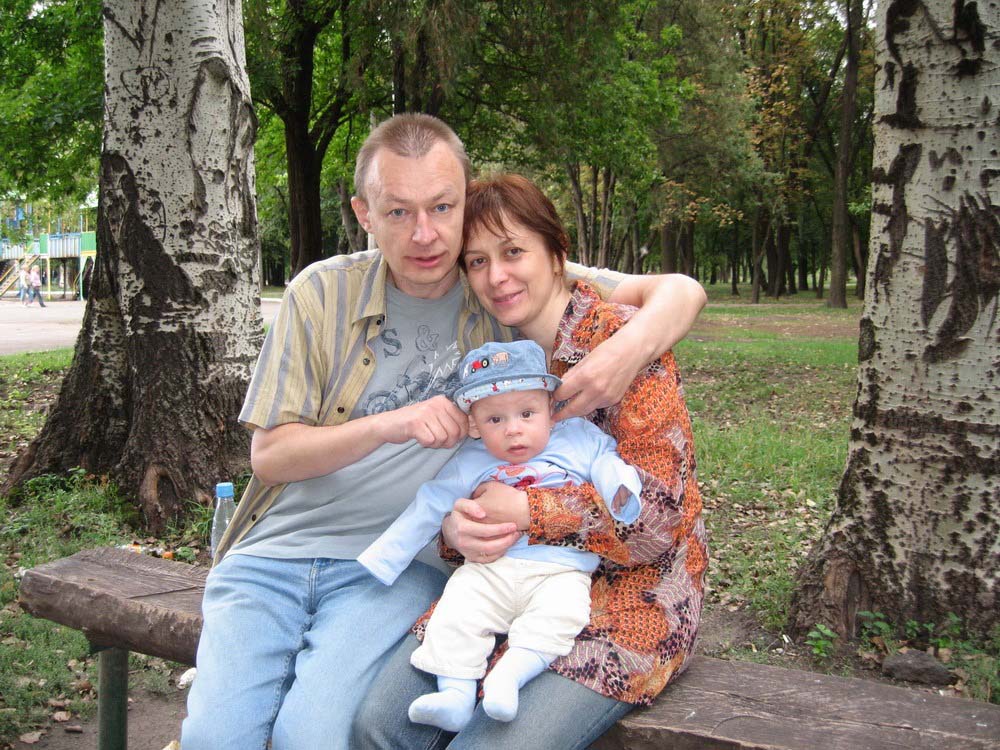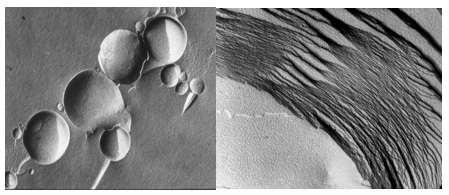 What's It Like For A Working Scientist To Write A Novel?
What's It Like For A Working Scientist To Write A Novel?In an essay for The New York Times, (September 28, 2002) Joseph Epstein wrote: "According to a...
 Mystery Explosion
Mystery ExplosionI was impressed by the extensive damage done to an Indiana home and surrounding structures a few...
 Origin Of Life Funding: Benefactor Offers Hard Cash For A Good Research Idea
Origin Of Life Funding: Benefactor Offers Hard Cash For A Good Research IdeaHarry Lonsdale called me out of the blue last year,saying that he would be passing through Santa...
 So You Want To Write A Book?
So You Want To Write A Book?A few Science 2.0 readers may recall that I tried out some ideas for a book here in 2009, and the...







